Schools

Cincinnati School District Shifts Students to Public Transit to Cut Costs
Over 10,000 Cincinnati Public Schools students already use public buses for school transportation each year.
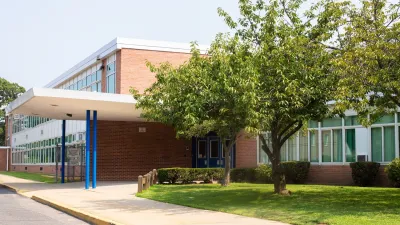
Alabama School Forestry Initiative Brings Trees to Schoolyards
Trees can improve physical and mental health for students and commnity members.
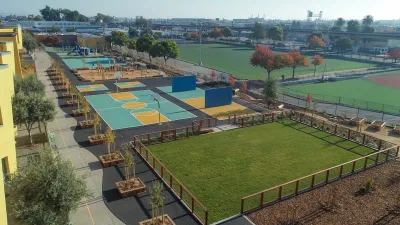
Greening Oakland’s School Grounds
With help from community partners like the Trust for Public Land, Oakland Unified School District is turning barren, asphalt-covered schoolyards into vibrant, green spaces that support outdoor learning, play, and student well-being.

Advancing Sustainability in Los Angeles County Schools
The Los Angeles County Office of Education’s Green Schools Symposium brings together educators, students, and experts to advance sustainability in schools through innovative design, climate resilience strategies, and collaborative learning.
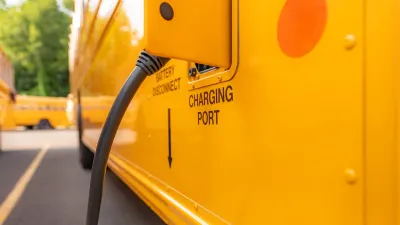
Pittsburgh Rolls Out Electric School Buses
Pittsburgh Public Schools has launched its first electric school buses, with plans to fully electrify its fleet over the next 14 months, aiming to create a cleaner, more sustainable transportation system supported by new charging infrastructure.
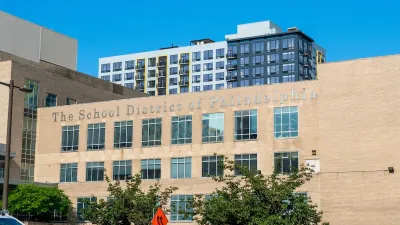
Concrete to Community: A Schoolyard Makeover in West Philly
With guidance from the Trust for Public Land, third graders at Overbrook Elementary are leading the redesign of their asphalt schoolyard into a vibrant green space, learning valuable skills and creating lasting community impact in the process.
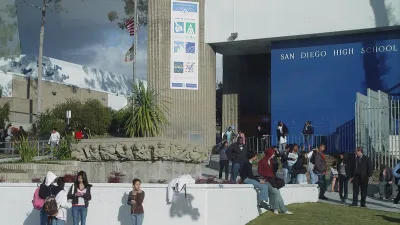
San Diego School District Approves Affordable Housing Plan
The district plans to build workforce housing for 10 percent of its employees in the next decade and explore other ways to contribute to housing development.
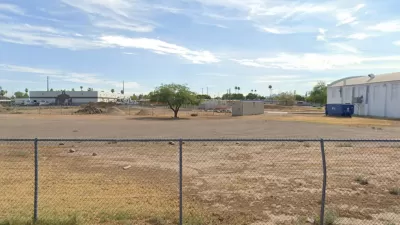
Phoenix Facilitates School-to-Affordable Housing Development
Two Phoenix school districts are selling their underused properties to build over 200 units of affordable housing.

Cities and Test Scores
The latest test scores from the National Assessment of Educational Progress suggests that student learning has not recovered from its COVID-era decline. Is this more true for urban school districts than for the rest of the United States?
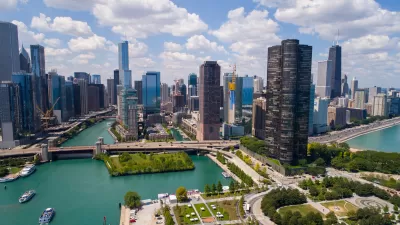
Did Brookings Get It Wrong?
A recent Brookings study on the 2020 homicide wave tells a simple story: unemployment plus closed schools plus guns equals crime. But is the story accurate?
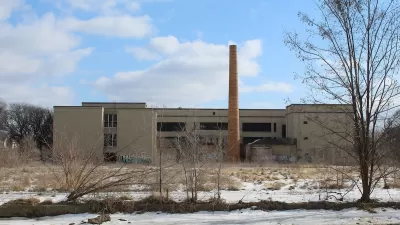
Repurposing Vacant Schools
Some communities are turning abandoned campuses into offices, art studios, and housing.
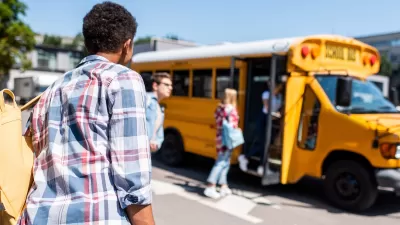
A Better Way to Plan School Facilities
Taking a wider view of communities could help keep schools open despite falling enrollment.

New York Law Addresses Extreme Heat in Schools
The law calls for heat mitigation measures when temperatures exceed 88 degrees.
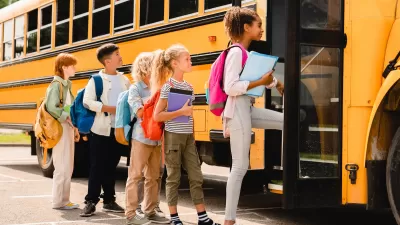
Parents Turn to Ride-Hailing as Schools Pull Bus Transportation
Some districts are cutting back on school buses, leaving some children without reliable transportation to and from school.

Fact Check: New Housing Doesn’t Lead to Overcrowded Schools
A common refrain heard by locals opposed to new housing developments is that area schools can’t absorb the increase in students they’ll bring. As the nation approaches an “enrollment cliff,” the data tells a different story.
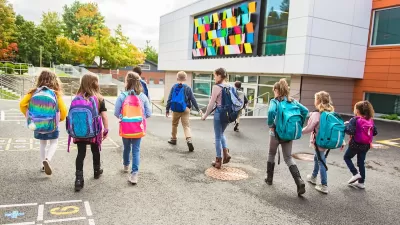
Expanding the Mission: Community Groups Serving Schools
Some community development organizations have added education to their traditional focus on housing and economic development, looking for ways to support families and children by partnering with local school districts. How is it working?

School Drop-Off Traffic Is Causing a Congestion — and Social — Crisis
School drop-off lines are becoming longer and more isolating than ever.
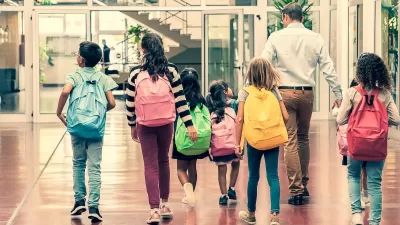
The Role of Schools in Fostering Vibrant and Inclusive Communities
Discover how schools play a crucial role in community development by fostering inclusivity, enhancing local engagement, and serving as hubs for social and cultural activities.
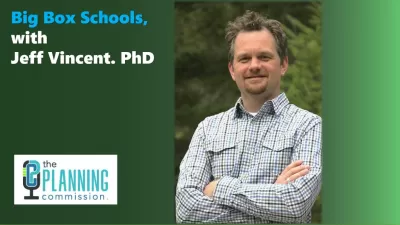
Big Box Schools with Jeff Vincent: The Planning Commission Podcast
Why are new school campuses antithetical to everything we promote about what constitutes good planning?
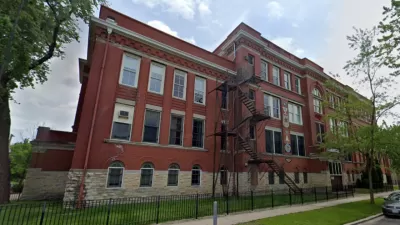
Historic Chicago School Building to Become Affordable Housing
The adaptive reuse project will create 50 income-restricted housing units and community amenities.
Pagination
Urban Design for Planners 1: Software Tools
This six-course series explores essential urban design concepts using open source software and equips planners with the tools they need to participate fully in the urban design process.
Planning for Universal Design
Learn the tools for implementing Universal Design in planning regulations.
Heyer Gruel & Associates PA
JM Goldson LLC
Custer County Colorado
City of Camden Redevelopment Agency
City of Astoria
Transportation Research & Education Center (TREC) at Portland State University
Camden Redevelopment Agency
City of Claremont
Municipality of Princeton (NJ)


































